How to Access Steam Screenshot Folder?
Gamers love to take screenshots (single or series of screenshots) during gameplay either for sharing their success, showing something interesting, reporting bugs, or just saving a gaming memory. Steam, one of the leading gaming platforms, has given its users the ability to take screenshots during gameplay by just pressing a hotkey (for Windows the default key is F12 or Fn + F12, for Mac, it is F5) and a notification is shown on the screen that the screenshot is saved.

At the end of the gameplay, the player is served with the screenshots taken during the gameplay (in form of a post-game summary).
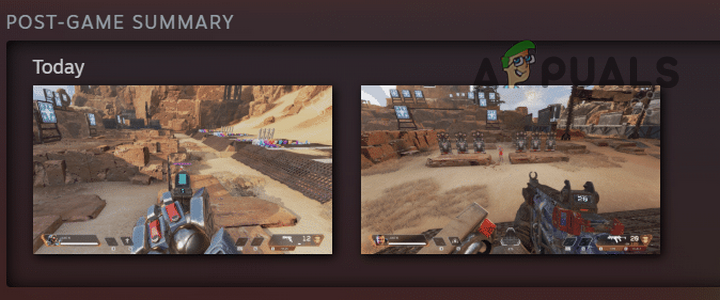
But there comes a time when a user wants to check an old screenshot or needs to access the folder where the Steam client is saving the screenshots, so, how do we access that folder?
Despite such a great platform, the process to find the screenshot is not so easy (they have their reasons). Still, there are three methods to access the Steam screenshot folder:
- Through the Steam Screenshot Manager.
- Through the File Manager of the OS (Windows, Mac, Linux, etc.).
- By Setting Up a Customized Screenshot Folder.
Through the Screenshot Manager of the Steam Client
The easiest method to find the Steam Screenshot folder is to use the Screenshot Manager of the Steam client.
- Launch the Steam client and expand the View menu.
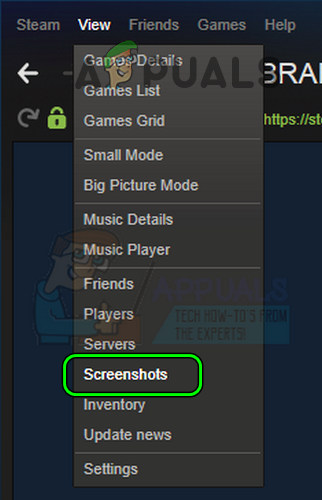
Open Screenshots in the Steam Client - Then open Screenshots and in the Show dropdown menu, select the game whose screenshot you want to see.
- Then select a Screenshot in the screenshots panel and click on Show on Disk.
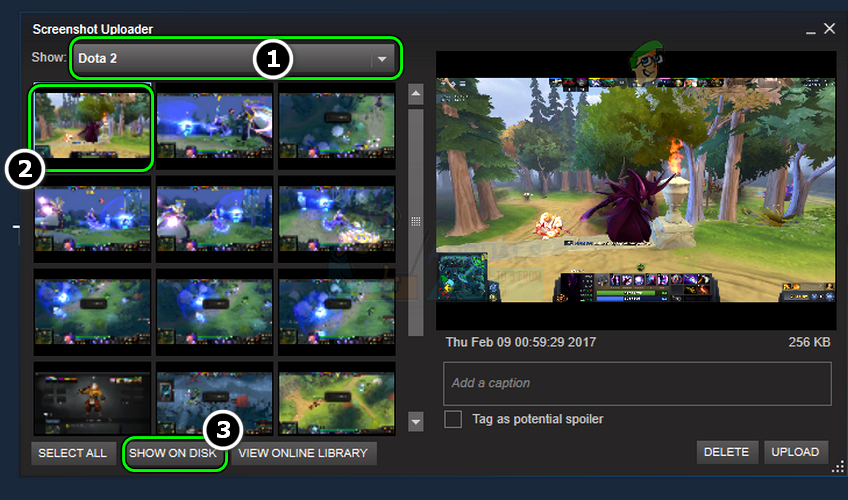
Show the Screenshot on the Disk - This will launch the OS’s File Manager (like Windows File Explorer) showing the screenshot directory of that particular game. Keep in mind the parent directory for the screenshots is the same but the sub-directory will be different for each game.
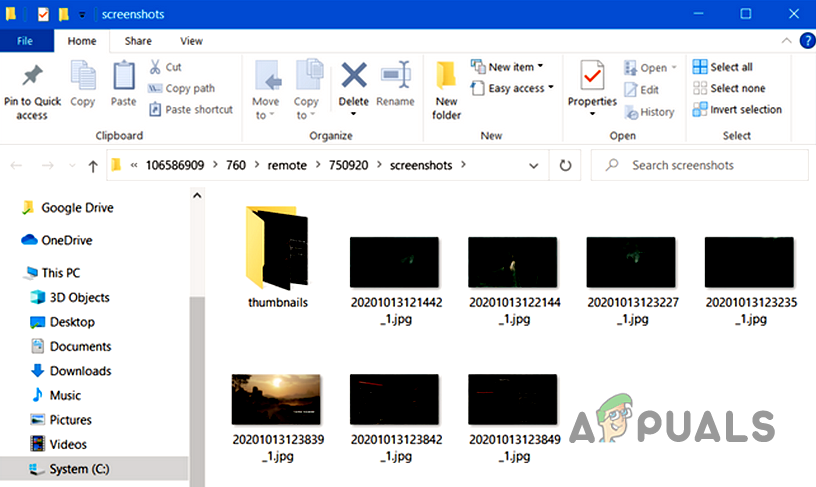
Screenshot Folder of a Particular Game is Launched in the File Explorer - Now you see notice the path of the screenshot folder, so create a shortcut to access it in the future.
If a user wants to view his screenshots online, he may select the screenshot in the Screenshots Manager and click on View Online Library.
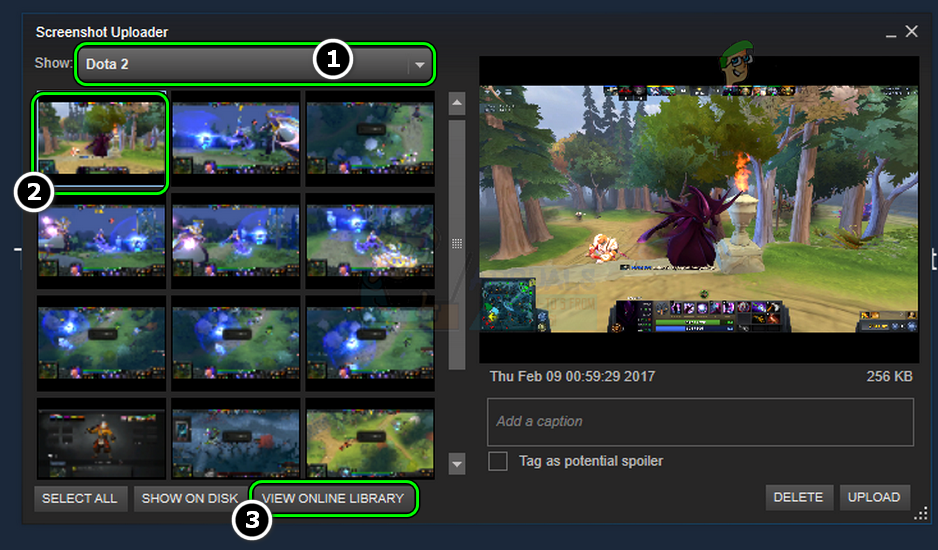
Use the File Manager of the OS
There can be times when launching the Steam client and going through all the update routines just to find a screenshot is not ideal. Here, a user may want to use the File Manager of the OS to find the folder but that process is not so simple (although using the OS’s search functionality to search for images is also an option).
For Windows Users
In Case of a Single Steam Account is Used in the Steam Client
If a single Steam account is used, then the process to find the Steam Screenshot folder is a bit simpler.
Warning:
Do not rename or delete a folder in these directories, otherwise, you may find issues in taking screenshots of the games or launching the Steam client.
- Right-click on the Steam shortcut (on the desktop or in the Start menu of Windows) and select Open File Location. This will open the installation directory, usually, the following:
C:\Program Files (x86)\Steam
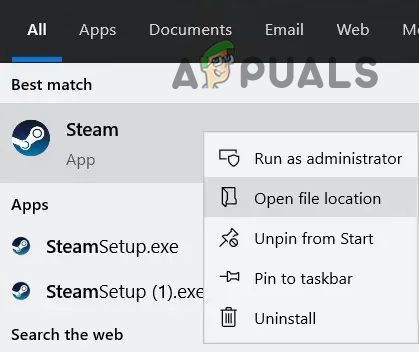
Open the File Location of the Steam Client - Now double-click on the userdata folder and open the folder with numbers as a name (these numbers are a user’s Steam ID). In case a single Steam account is used in the Steam client, then there will be only one folder. If multiple Steam accounts are being used in the Steam client, there may be other folders with numbers as well. In that case, a user may open the folder with numbers one by one to find out the Screenshots folder of the user or try the Steam ID method (as discussed later).

Open the userdata Folder in the Steam Installation Directory - Once the folder with numbers as a name is opened, double-click on the 760 folder and afterwards, open the Remote directory.

Open the Screenshots Folder in the Steam Directory - Now a lot of folders with different numbers may be shown (if a lot of games are installed on Steam). These numbers are the AppIDs of the Steam game. Each Steam game has a unique AppID and you can find the AppID of the Steam game or open all folders one by one to search for the particular game’s contents.
- Once the particular game folder is opened, double-click on the ScreenShots folder to open the particular game’s screenshots. The complete screenshots path could be similar to below:
C:\Program Files (x86)\Steam\userdata\<SteamID>\760\remote\<AppIDofGame>\screenshots
Find the Steam ID in Case of Multiple Steam Accounts
If multiple Steam accounts are used in the Steam client, then a user may get confused at step 2 of the above method. In this case, finding the Steam ID of a particular account would be a better option.
- Launch the Steam client and expand the View menu.
- Now select Settings and in the Settings window, head to the Interface tab.
- Then, in the right pane, checkmark the option of Display Steam URL Address When Available and click on OK to apply the changes.

Enable Display Steam URL Address When Available - Now click on the username in the top right of the Steam client and select View My Profile.
- Then, on the top, a URL will be shown and the last numeric digits are a user’s Steam ID. A user can also check his Steam ID on Steam’s website.
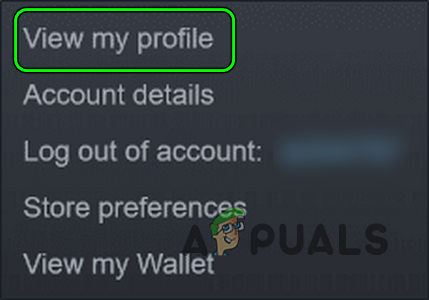
Open View My Profile in the Steam Client - Now open the userdata folder in the installation directory of Steam and double-click on the folder which matches your Steam ID.

SteamID in the User profile URL of the Steam Client - Then open the 760 folder and double-click on Remote.
- Now open the folder of the particular game (as discussed in step 4 in the above method) and double-click on the Screenshots folder.
- Then you can create a shortcut to the Screenshots folder if you wish to access it frequently.
For Mac Users
The default installation directory of Steam on a Mac is as follows:
Users/{MacUserName}/Library/Application Support/SteamNow a user may follow the steps discussed in the previous method to find the screenshots of a particular game. If the installation path is different, right-click on Steam, select Get Info, and note the path of the installation under “Where”.
For Linux Users
The default installation directory of Steam on a Linux distro (like Ubuntu) is as follows:
~/.local/share/Steam
Then a user may open the screenshots folder of a particular game by finding the game’s AppID (as discussed earlier).
Use the In-Game Tab to Setup the Customized Screenshots Folder
There can be times when a user may want to set up a customized screenshots folder e.g., to share on the local network or add to a cloud service and a user may achieve the same by using the In-Game tab of the Steam client.
- Launch the Steam client and expand View.
- Now select Settings and in the left pane of the window, head to the In-Game tab.
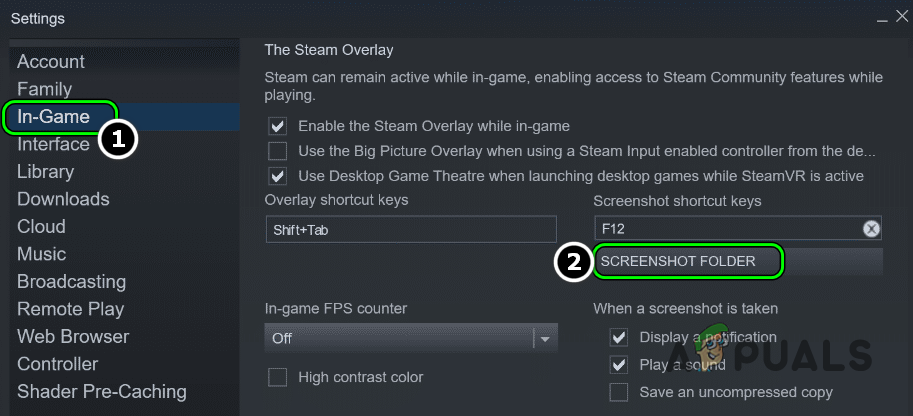
Open the Screenshot Folder in the In-Game Tab of the Steam Client’s Settings - Then, in the right pane, click on Screenshot Folder (under Screenshot Shortcut Keys) and select the directory where you want to put your screenshots.
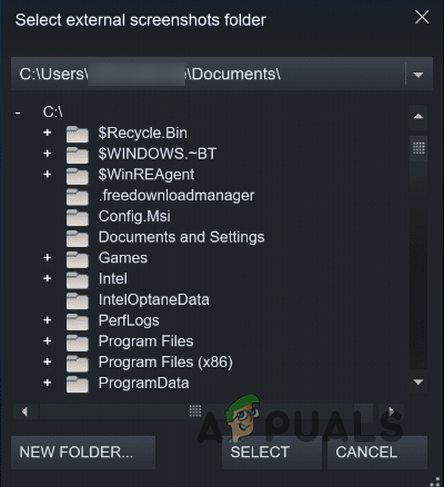
Open the Screenshot Folder in the In-Game Tab of the Steam Client’s Settings
Keep in mind the screenshots will be saved on both locations i.e., in the installation directory of Steam (in the JPG format) and customized path (in PNG format, uncompressed version is preferred). In case a user only wants to set up only one folder of his choice, then he should delete the Remote folder in the following location of Steam’s installation directory:
C:\ Program Files (x86) \ Steam \ userdata \AccountID\760
Then execute the following in the elevated Command Prompt (make sure to replace the <SteamID> with the actual number):
mklink /D “C:\Program Files (x86)\Steam\userdata\<SteamD>\760\remote” “D:\newfolder”
If you want to further customize the screenshotting procedure, then either a user may use the OS’s screenshotting feature or try a 3rd party app.